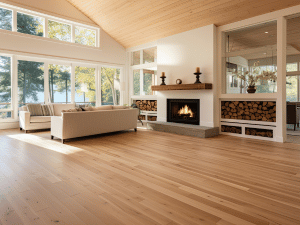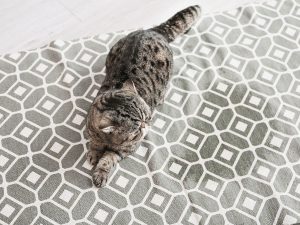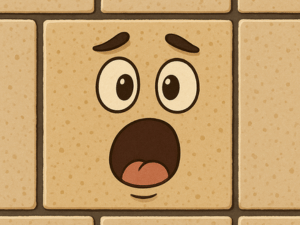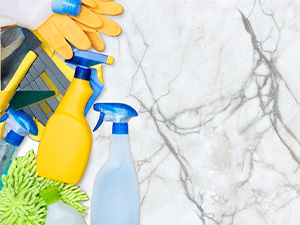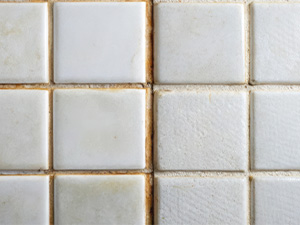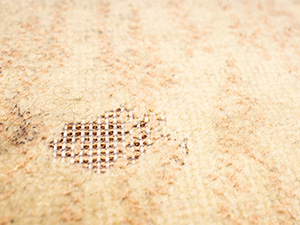Can You Trust AI for Proper Natural Stone Care Tips
Artificial Intelligence (AI) is everywhere today. From answering quick questions to helping with home projects, many people turn to AI for advice. But when it comes to something as valuable as your natural stone surfaces, can you really trust AI for proper care tips? Here is some valuable information.
The Problem with AI Learning
AI doesn’t think for itself. It “learns” from the vast amount of information available on the internet. That sounds good at first—until you realize just how much misinformation is out there. For example, one of the most common bad tips you’ll find is to clean your natural stone with vinegar and water. While that may sound harmless, vinegar is acidic, and acid can etch and dull the finish of marble, limestone, travertine, and other calcareous stones.
AI, unfortunately, can’t always separate solid expert advice from myths and mistakes that have been repeated online. That means if you rely solely on AI, you may end up with tips that sound right—but could damage your stone.
Why Getting It Right Matters
Natural stone surfaces are an investment. Improper care can lead to:
- Etching and dull spots from acidic cleaners.
- Permanent staining from wrong sealing advice.
- Costly repairs that could have been avoided with the right maintenance.
When bad advice comes from a search engine or even an AI tool, the damage can happen quickly and sometimes irreversibly.
Where to Turn Instead
For trustworthy stone care information:
- Rely on professional stone care experts. Companies that specialize in stone care and maintenance are trained to understand each stone type and its needs.
- Use reputable resources. Our Caring For It™ articles, free Stone and Tile Care Guide, and stain treatment app are all created by professionals in the industry.
- When in doubt, ask your PRO. A quick call to us can save you the headache of following bad online advice.
The Bottom Line
AI is a powerful tool, but it’s only as good as the information it pulls from. Because natural stone care has so much misinformation floating around, it’s risky to rely on AI for cleaning and maintenance tips. If you want your stone to stay beautiful for years to come, skip the guesswork and go with trusted, expert advice.
If you have questions about caring for your stone, contact us. We’ll make sure you get the right answers—backed by real expertise, not internet myths.
By Deborah Shaw-Nelson. This article is one of a series of Caring For It™ articles written and published on behalf of Surface Care PRO Partners.


